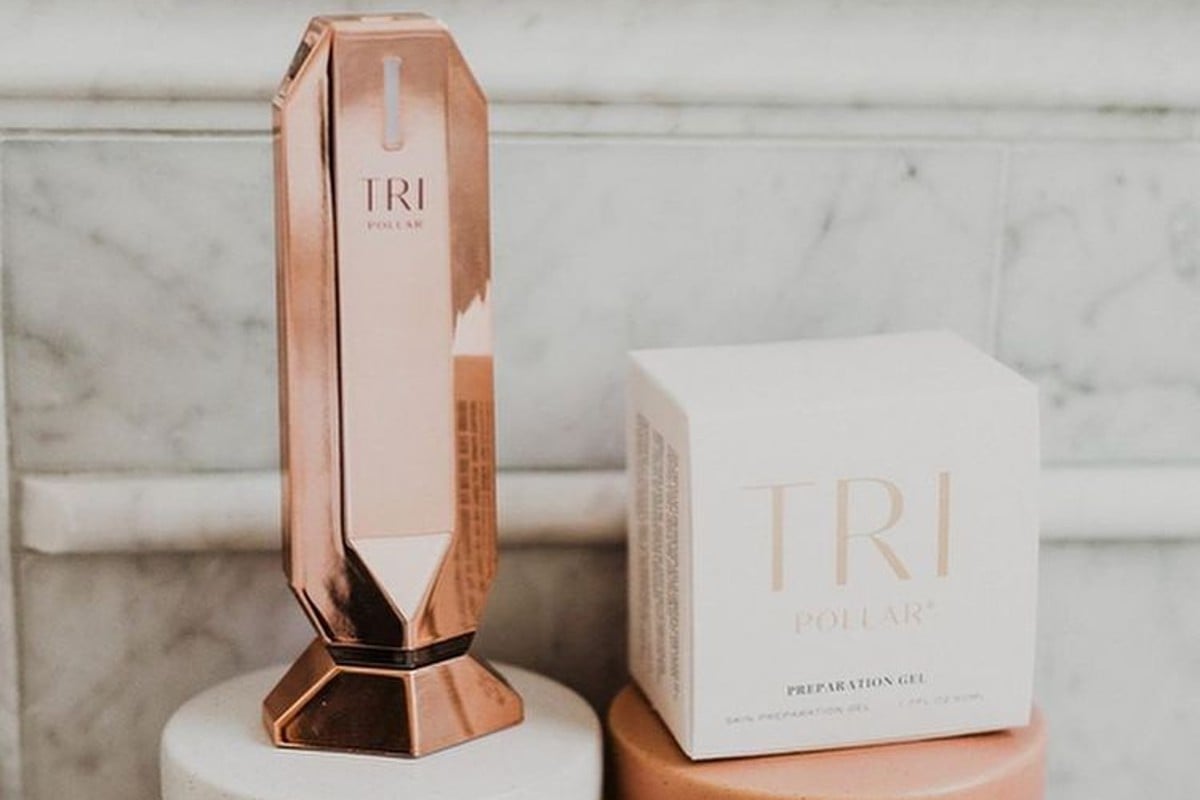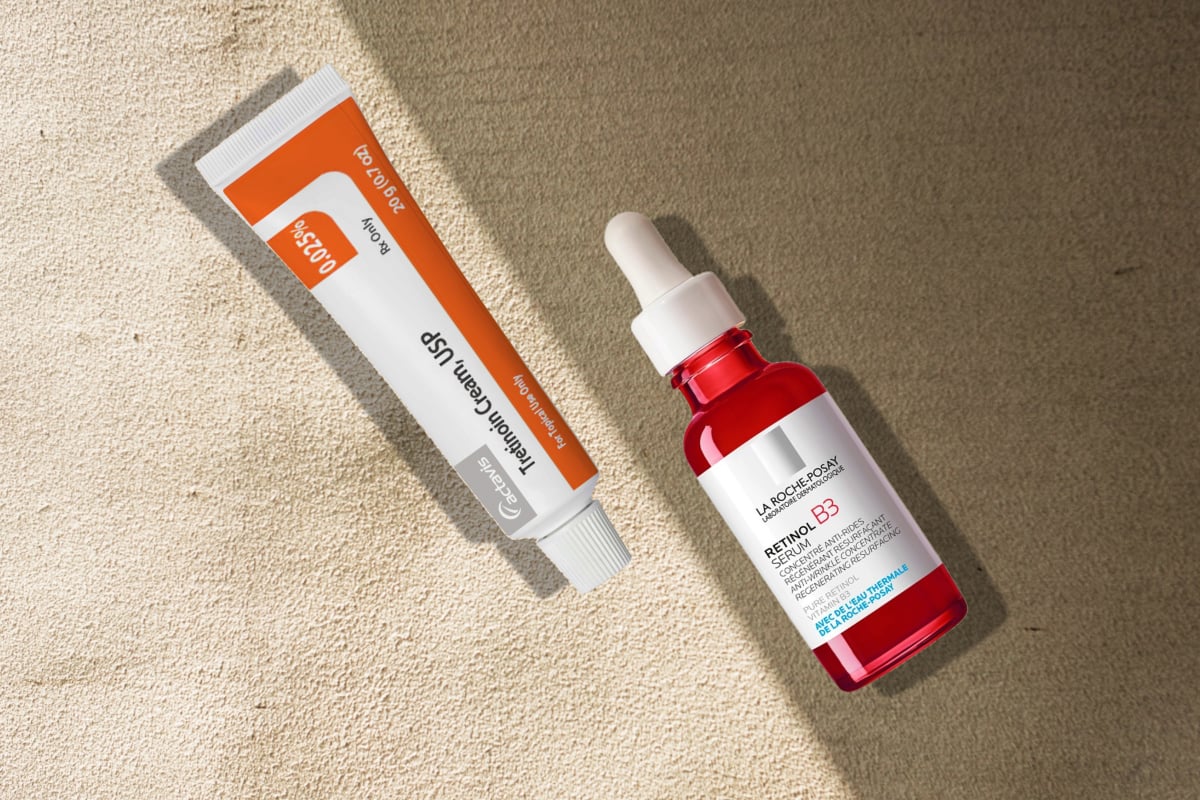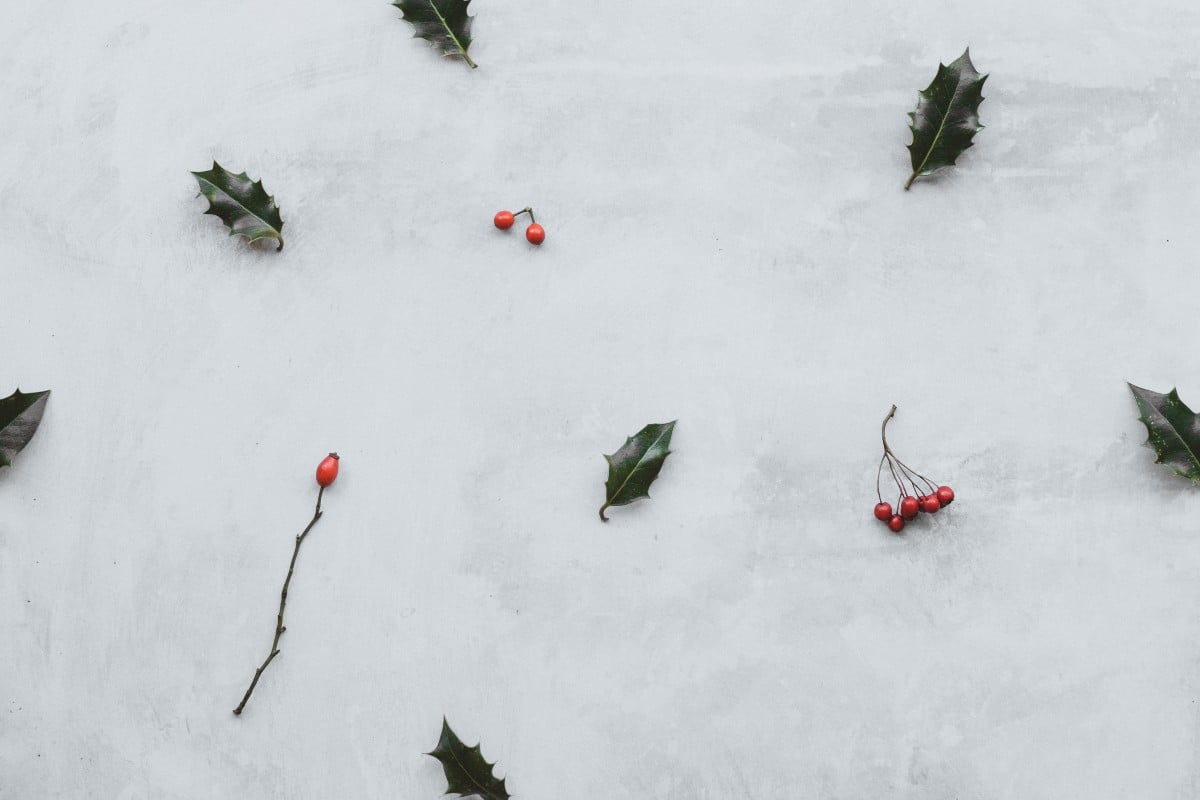Do you have a stash of half-empty products that have been sitting on your vanity for months (or, dare we say, years)? Well, it’s time to face the truth: those beloved serums, moisturizers, and toners may have reached their expiration date, and holding onto them can do more harm than good. Just like your favorite snacks, skincare products expire, and the most worrying part is that they can go bad long before what’s stated on the label. So when is the right time to toss them out, and what happens if we continue using them past their prime? Ahead, we dive into the shelf life of skincare products and give you the lowdown on when it’s time to say goodbye to your old beauty favorites.
What’s the shelf life of skincare products?
The FDA defines the product’s shelf life as “the length of time you can expect a product to look and act as expected and to stay safe for use. This length of time varies, depending on the type of product, how it is used, and how it is stored.”[1] In general, most skincare products are stability tested to have a shelf life of about two years when stored properly (in the original packaging) and left unopened. However, after opening, most products start to lose potency and oxidize after 6 to 12 months, some even sooner, depending on the formula and other factors.
All skincare products expire, and they can become ineffective and unsafe to use even before their expiry date
Whether it’s cream, serum, or mask, every beauty product expires at some point, regardless of storage conditions. Expired products not only become ineffective but can trigger adverse reactions, so by all means you should throw them away if they have passed their shelf life.
The problem is that it can be tricky to figure out when a product expires and needs to be tossed out since not all of them have a clear expiration date listed on the label. That’s because no regulations in the current United States law require brands to state the expiration dates, except for over-the-counter acne treatments and sunscreen.[2] Nor do European regulations force brands to disclose the expiry date if the product’s shelf life from the manufacturing date is more than 30 months.
Nonetheless, even if a product has an expiration date on the package, it should not be considered an absolute indicator of its lifespan. Improper storage can cause formulas to deteriorate long before their listed expiration date. So it’s up to you to know how to tell if your skincare products have gone bad and when it’s time to give up on them.
How to determine the expiration date of your skincare products?
For starters, you could look to the bottom of the package for a stamp with an expiration date. If there’s none, the brand may use another indicator to display the shelf life of the product. The most accurate one is “Period After Opening (PAO),” which is shown on the label with a symbol like an open jar with a number and the letter “M” printed on it. This indicates the period a product can be used after the first time it was opened. For example, 6M means it can be safely used for six months after opening.
Some products that have a shelf life shorter than 30 months can also come with a “Best Before Date (BBD)” mark on the package. This indicates the date until which the brand guarantees the product’s effectiveness, provided it has been properly stored. Unlike the expiration date or PAO, passing the BBD doesn’t necessarily mean the product is unsafe or unusable.
If you can’t spot the expiration date nor the PAO/BBD symbol on the label, look out for the batch number, which is usually printed on the bottom of the package. You can then contact the brand and ask them directly for information about when the product will expire.
Moreover, you can always use common sense to gauge whether a product is nearing its expiration date. Any noticeable changes in the smell, consistency, color, or texture of the product are clear indications that it is likely to expire soon or has already. Keep in mind that different types of products may show different warning signs. A change in color may be more noticeable in a foundation or concealer, while a change in texture may be more noticeable in a moisturizer or serum.
The shelf life of various skincare products
Depending on how you store them, your skincare products can keep their peak potency anywhere between 1 to 12 months after opening. Here’s a general guideline for how long each type of product usually lasts last, considering they’re optimally stored:
- Cleansers: 1 year
- Toners: 6 to 12 months
- Acid exfoliants: 1 year
- Serums: 6 to 12 months
- Moisturizers: 6 to 12 months
- Sunscreens: As stated on the label
- Face masks: 1 year
- Eye creams: 6 to 12 months
- Vitamin C: 3 to 6 months
- Retinol: 6 to 12 months
Factors that affect the quality and safety of skincare products
Everything from the packaging to the type of formulation, storage, and transport conditions can affect the quality of your skincare products and shorten their shelf life. Exposure to heat, sunlight, and air, for example, can easily degrade the active ingredients in the formula and render them ineffective over time. Frequent exposure to moisture—like in a bathroom—can create a breeding ground for bacteria and fungi, while dipping your fingers into the product can introduce microorganisms. It’s worth noting that formulas without preservatives are especially vulnerable to breaking down from these factors. Here’s a full guide on how to store your skincare products to maintain them at peak potential until they run out.
When to toss out a product
Obviously, you should toss your skincare products when they reach their expiration date or the PAO. Changes in the color, smell, consistency, or texture of the product from when you first bought it are also signs it needs to go away. An oxidized vitamin C serum may turn brown or yellow, while an expired moisturizer may become thicker, stickier, or even more watery. When that happens, it’s time to toss it out.
Maintaining a record of when you first started using a skincare product can ensure that you use it before putting your skin at risk. You can note down the date you first opened the product right on the packaging. Then, you can calculate the expiration date by adding the recommended Period After Opening (PAO) timeframe to the date you opened it.
For example, if you opened a product on January 1st and its PAO is 6 months, you would write “Jan 1 + 6M” on the packaging, so by the time you’ll know the product is safe to use until July 1st.
Do some skincare products expire sooner than others?
It’s generally true that natural products tend to degrade faster since they lack preservatives. Antioxidants are also more prone to oxidation. Similarly, skincare products packaged in jars or clear bottles can be more susceptible to degradation than those in opaque, airtight containers.
Can you use expired skincare products?
While using an expired product most likely won’t harm your skin, it won’t do any good either. In other words, it would be useless and pose unnecessary risks. Although low, chances are that using an expired product can lead to irritation, infections, and other skin reactions. Also, when a product reaches its expiration date, it means that the preservatives in the formula are no longer effective, and bacteria and other microorganisms may have started to grow. You definitely don’t want to apply that to your face.
How to increase the shelf life of your skincare products
Here are some tips to extend the shelf life of your skincare products:
- Store your products away from sunlight and heat sources, preferably in a drawer.
- Never open your product in the bathroom after a hot bath because steam gets in and weakens the formula.
- Wash your hands every time before using a product.
- If you do not intend to use the product anytime soon, store it somewhere other than your bathroom.
- Stop impulsive shopping if you already own a product for every step of your beauty routine.
- Use products with airless pumps and airtight packaging.
- Be aware of products offered for sale at a discount price. Some of them could be near their expiration date.
- Avoid products packaged in jars that require you to dip your fingers in the formula. If you have an item that comes in a jar, use a clean spatula to get the product out.
- Keep your products tightly sealed, ideally in their original box, to prevent air and moisture from getting in.
Read next: 8 Secrets That’ll Make Your Skincare Products Work Better




![Does resveratrol in red wine benefit your skin? While sipping on a glass of red wine can be a delightful experience, relying on it for skincare benefits is not the best idea. Sure, red wine contains a smidge of resveratrol, but let's put things into perspective. The concentration of resveratrol in red wine is relatively low. Red wines, specifically Pinot noir from France, typically contain 0.361-1.972 mg of resveratrol per liter.[8] To hit that reference dose of 500mg of resveratrol, you'd need to drink a lot of wine. We're talking about downing anywhere from 100 to 1000 glasses per day. It's a scene straight out of a wine lover's wildest dreams, but definitely not the healthiest approach. Resveratrol Benefits for Skin](https://womensconcepts.com/wp-content/uploads/2022/03/Resveratrol-Benefits-for-Skin.jpg)
